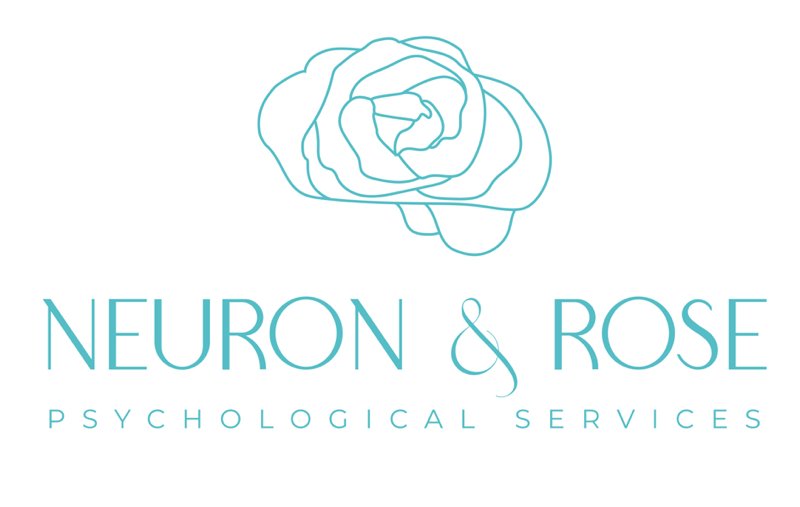What Is Childhood Trauma
There’s a narrative in our world that the solution to every problem is to grit your teeth, shrug off the pain, and keep moving. Which, when you think about it, sounds less like a solution and more like a recipe for disaster. But that mindset primes us to dismiss our trauma as inconsequential, and to think of our pain as a character flaw. In today’s blog post, we’re going to dig into what childhood trauma looks like, and explore why it’s important to acknowledge it.
Making Sense of Trauma
One of the simplest ways to understand trauma is to think of it as what happens when we lose our sense of safety. It’s a response to a distressing event. It’s subjective and messy, and what’s traumatic for one person might not be for another. Trauma could result from the loss of a loved one, experiencing a violent crime, or even losing a job or going through a rough breakup.
When we experience trauma, our bodies frequently respond with the fight-or-flight instinct: our heart rate changes, our bodies pump us full of adrenaline and cortisol—even our blood pressure drops. It’s a physiological response to danger—and it’s part of our biology. It’s what helped our ancestors survive in the wilderness. Unfortunately, our bodies don’t always know how to correctly identify danger. Yes, a pack of wild dogs trying to eat us is traumatic—but so is being bullied daily at school.
The Impact of Childhood Trauma
What sets childhood trauma apart is its effect on our physical and emotional development. All those physiological responses influence the way our brains develop. Repeated exposure to trauma primes us for a lifetime of hypervigilance, worry, and emotional dysregulation. Like burning our fingers on a hot stove, our bodies learn to anticipate pain and heartache from our environment and the people all around us.
Types of Childhood Trauma
Most often, childhood trauma occurs when a child grows up in an unstable or unsafe environment. Inconsistent caregivers, neglect, and physical or emotional abuse all create conditions for childhood trauma—as can the death of a loved one. While childhood trauma can result from a single distressing event, it’s frequently part of a pattern of traumatic experiences. Other possible causes include witnessing violence between adults, exposure to mental illness in the family, or a particularly contentious divorce.
When children experience traumatic events, their ability to cope with stress is tested—and sometimes, their systems are overwhelmed. The more frequently their systems are tested, the more likely those experiences are to impact their cognitive and social development.
Symptoms of Childhood Trauma
Symptoms of childhood trauma can vary greatly, and change with time. In young children, bedwetting and nightmares may be signs of trauma, whereas school-aged children may struggle with shame and low self-esteem. In teenagers, depression, eating disorders, and drug or alcohol abuse may be signs. Our bodies look for balance, and trauma creates a feedback loop. Often, we self-medicate with unhealthy behaviors and coping mechanisms.
Recovering from Childhood Trauma
While the effects of childhood trauma are long-lasting, stretching from childhood all the way to adulthood, they are not necessarily permanent.
Neuron & Rose is a trauma-informed counseling center that offers a variety of therapeutic options for people suffering from childhood trauma. We take an active, goal-oriented approach to therapy—emphasizing making concrete improvements in our client’s lives.
Reach out today if you want to learn more about child therapy and how it can benefit you.

